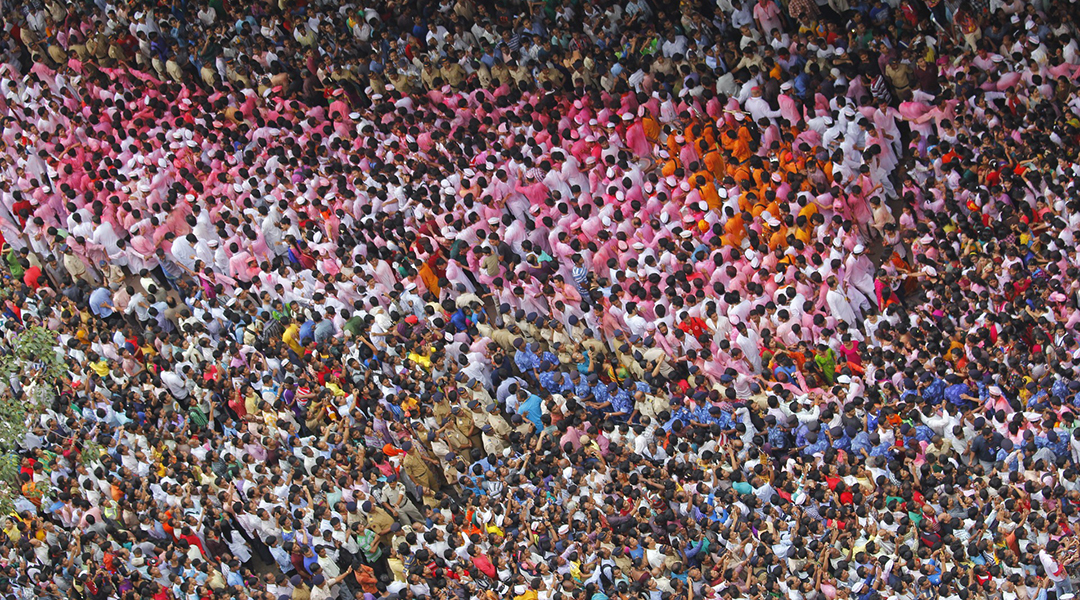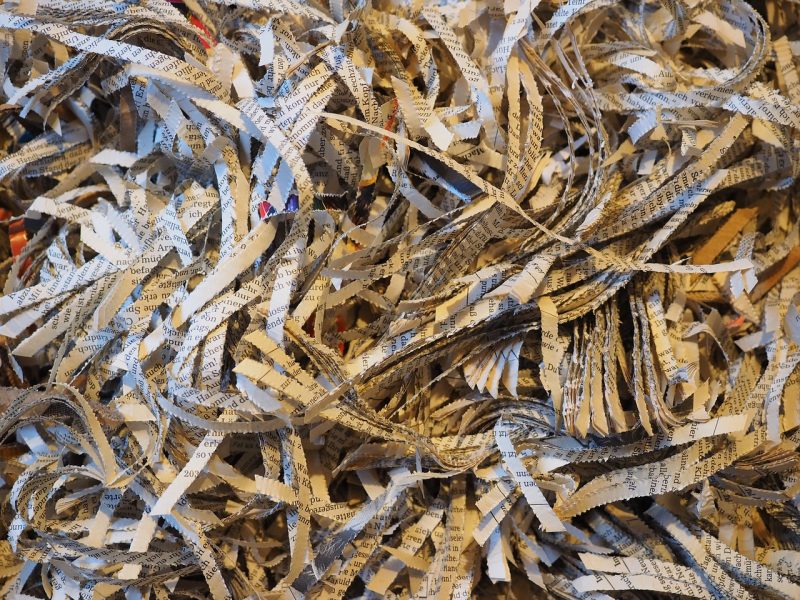A “butterfly” system of carbon nanotubes grafted with semiconducting polymers increases organic photovoltaic efficiency.


A “butterfly” system of carbon nanotubes grafted with semiconducting polymers increases organic photovoltaic efficiency.

Smart materials for the construction of environmentally friendly buildings.
![A Highly Sensitive Strain Sensor for Electronic Skins [Video]](https://www.advancedsciencenews.com/wp-content/uploads/2018/12/adfm201806786_ASN_image.jpg)
Laser direct writing is used to fabricate the sensor, eliminating the need for post-synthesis steps.
Unifying river corridor science through systematic re-evaluation of methods in the context of broader conceptual models and quantitative theory.

Xinliang Feng on his passion for materials science and his curious nature that started it all.

Urban India’s response to climate change.

Metal-free catalysts and the need for a sustainable present and future: meet Professor Liming Dai.

Roll-to-roll laser-induced superplasticity, a new fabrication method, prints metals at nanoscale for making electronic devices.

Recyclable, paper-based electronic circuits that reduce pollution and save on resources.

Advanced polymers can address the need for improved insulation materials and potentially lower carbon dioxide emissions.